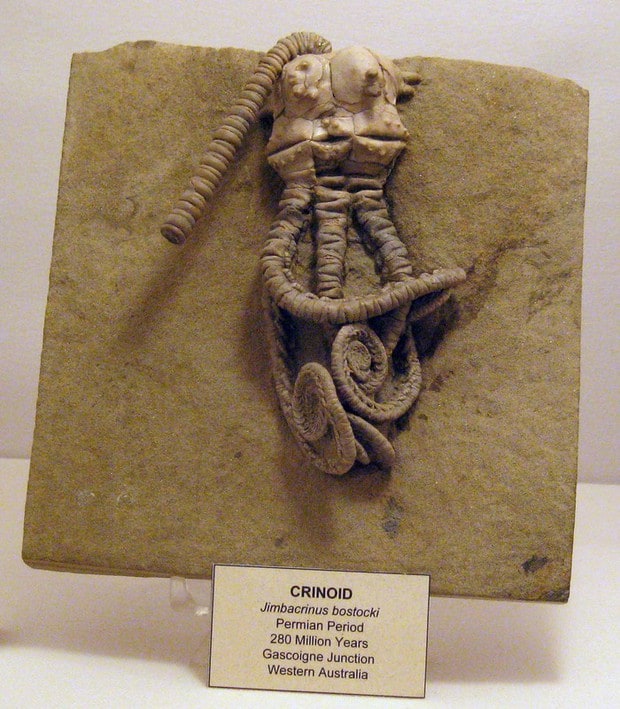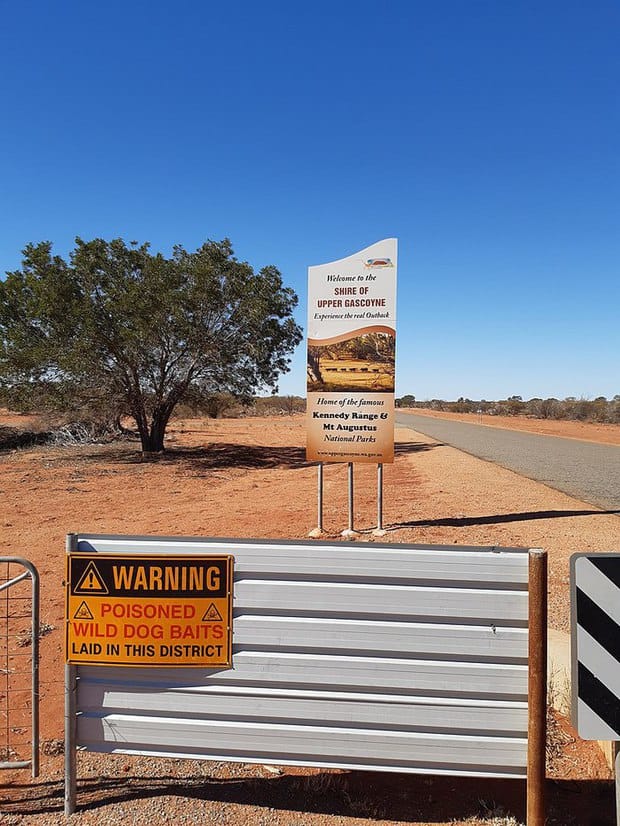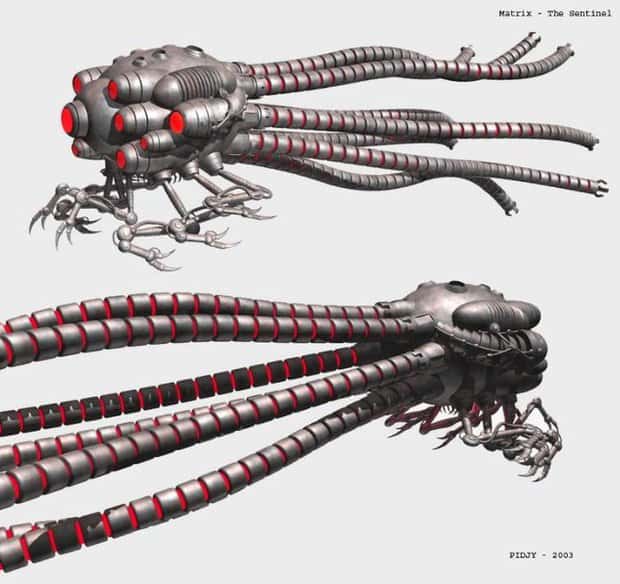A striking image recently went viral online, showing an almost perfectly preserved fossil of a sea creature that lived around 280 million years ago. At first glance, many insisted it looked like an alien—sparking intense curiosity. But what exactly is this bizarre creature?

The fossil belongs to Jimbacrinus, an extinct genus of crinoids—marine animals also known as “sea lilies”—that thrived in the shallow seas of what is now Western Australia during the Permian period. These creatures grew up to 9 inches long and had five tentacle-like arms used to catch food drifting in the water.
The image that drew attention showed a cluster of these fossils embedded in rock, likely buried in their natural habitat. It’s believed they were found near Gascoyne Junction, an area rich in geological history.
First discovered in 1949 by cattle station manager Jimba Jimba—after whom the genus was named—Jimbacrinus fossils come from the Cundlego Formation, a sandstone bed created by ancient floods and storms. Remarkably, these fossils are often found fully intact and have never been discovered anywhere else on Earth.

The viral fossil came from a U.S.-based fossil dealer’s website, raising questions about legality. According to David Gear of the Western Australian Museum, collecting and exporting fossils is legal in some cases but requires permits and strict adherence to regulations. He stresses the scientific value of leaving fossils in place when possible.

These fossils offer more than just a glimpse into prehistoric sea life—they also tell a story of survival. The Permian period ended with Earth’s greatest mass extinction, wiping out over 90% of marine species. Yet, crinoids endured. Today, over 600 species still live in our oceans.

Interestingly, crinoid fossils even inspired the design of the Sentinels in The Matrix film series—highlighting the eerie resemblance between ancient marine life and science fiction machines.
The Jimbacrinus fossils from Western Australia are among the best-preserved ever found, offering a rare opportunity to study ancient anatomy in remarkable detail. Their discovery continues to challenge our understanding of evolution, extinction, and what we think we know about life on Earth.


